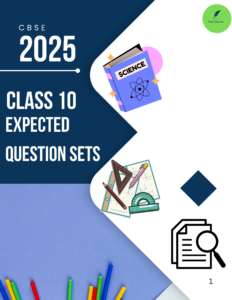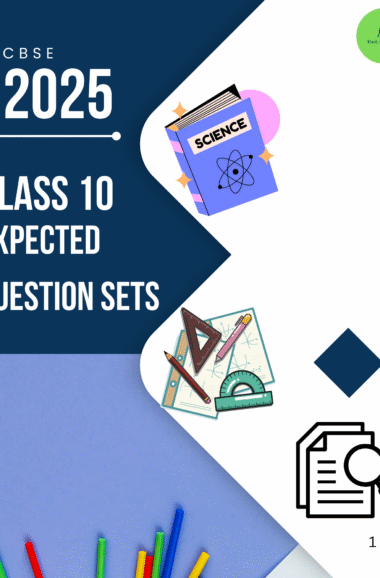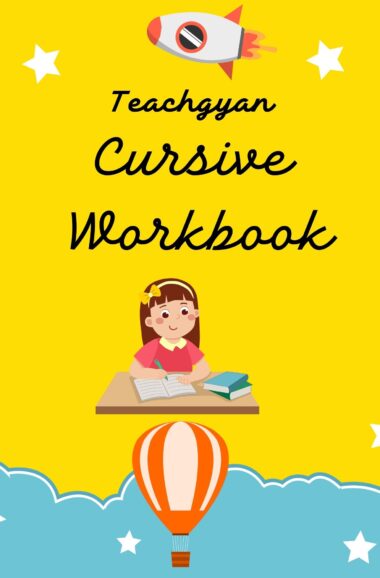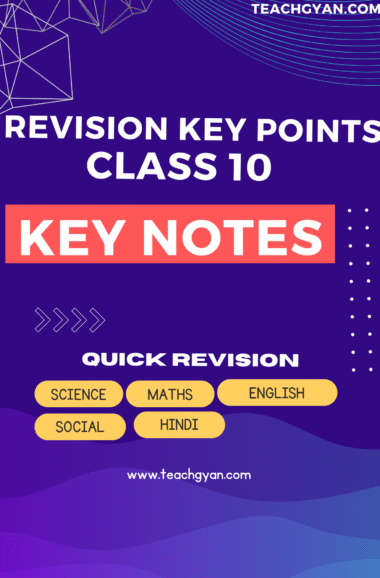Teaching is a rewarding but demanding profession that often requires balancing numerous responsibilities both inside and outside the classroom. For teachers, maintaining a healthy work-life balance is crucial to avoid burnout and ensure sustained personal and professional well-being. Here, we explore strategies and tips for daily routine maintenance that can help teachers manage their time effectively and achieve a harmonious balance between work and personal life.
Start with a Morning Routine
A productive day begins with a well-structured morning routine. Establishing a consistent start to your day can set a positive tone and prepare you for the tasks ahead.
Tips:
- Wake Up Early: Give yourself enough time in the morning to avoid rushing. This can help reduce stress and set a calm tone for the day.
- Healthy Breakfast: Fuel your body with a nutritious breakfast to maintain energy levels throughout the day.
- Exercise: Incorporate some form of physical activity, whether it’s a quick workout, yoga, or a morning walk, to boost your mood and energy.
- Plan Your Day: Take a few minutes to review your schedule, prioritize tasks, and set achievable goals for the day.
Effective Time Management at Work
Managing your time efficiently during the school day is key to maintaining a balanced routine. Focus on strategies that maximize productivity and reduce unnecessary stress.
Tips:
- Prioritize Tasks: Use tools like to-do lists or digital planners to prioritize tasks and stay organized. Focus on high-priority tasks first.
- Set Boundaries: Allocate specific times for checking emails and avoid constant interruptions by turning off non-essential notifications during teaching hours.
- Delegate When Possible: Share responsibilities with colleagues, teaching assistants, or students to lighten your workload.
- Stay Organized: Keep your classroom and workspace tidy to save time looking for materials and reduce clutter-induced stress.
Balanced Lesson Planning
Lesson planning is a significant part of a teacher’s job, but it doesn’t have to consume your personal time. Develop a system that allows you to plan effectively without sacrificing your evenings and weekends.
Tips:
- Batch Planning: Set aside specific times during the week for lesson planning and grade assignments in batches to maximize efficiency.
- Utilize Resources: Use pre-made resources, online lesson plans, and educational apps to streamline your planning process.
- Collaborate: Work with colleagues to share resources and ideas, reducing the time needed to create new materials from scratch.
Incorporate Breaks
Regular breaks during the day are essential for maintaining focus and reducing fatigue. Short breaks can boost productivity and improve overall well-being.
Tips:
- Scheduled Breaks: Include short breaks between classes or during planning periods to rest and recharge.
- Mindfulness Practices: Practice mindfulness or deep-breathing exercises during breaks to reduce stress and increase mental clarity.
- Physical Activity: Use break times to stretch or take a brief walk to keep your body active and alert.
Transitioning from Work to Home
Creating a clear boundary between work and home life is crucial for maintaining balance. Develop a routine that helps you transition smoothly from your professional responsibilities to personal time.
Tips:
- Set a Cut-Off Time: Establish a specific time to stop working and stick to it. Avoid bringing work home whenever possible.
- Unwind After Work: Engage in activities that help you relax and decompress, such as reading, hobbies, or spending time with family and friends.
- Reflect on the Day: Spend a few minutes reflecting on what went well and what can be improved, then let go of work-related thoughts.
Self-Care and Personal Time
Prioritizing self-care is essential for maintaining a healthy work-life balance. Make time for activities that nourish your body and mind.
Tips:
- Physical Health: Maintain a regular exercise routine, eat a balanced diet, and ensure you get enough sleep.
- Mental Health: Practice mindfulness, meditation, or other relaxation techniques to manage stress and maintain mental well-being.
- Social Connections: Make time for social interactions with friends and family to foster strong support networks and enrich your personal life.
- Hobbies and Interests: Pursue hobbies and interests outside of teaching to create a well-rounded and fulfilling life.
Balancing work and personal life as a teacher requires intentional planning and a commitment to self-care. By establishing a structured daily routine, managing time effectively, and prioritizing both professional and personal well-being, teachers can achieve a harmonious balance that enhances their effectiveness in the classroom and their overall quality of life. Remember, a well-balanced teacher is a more effective and happier teacher.









Good